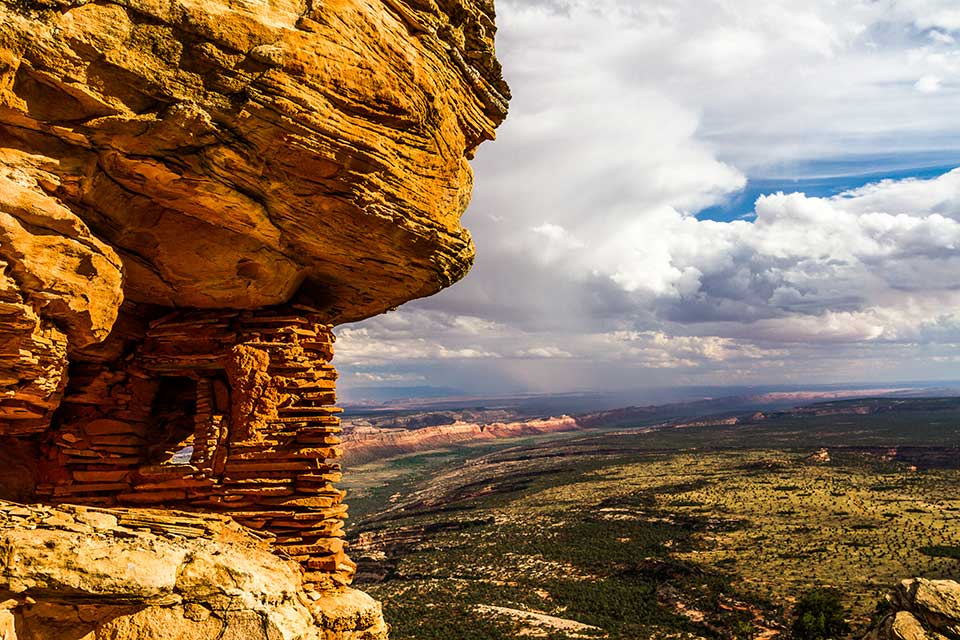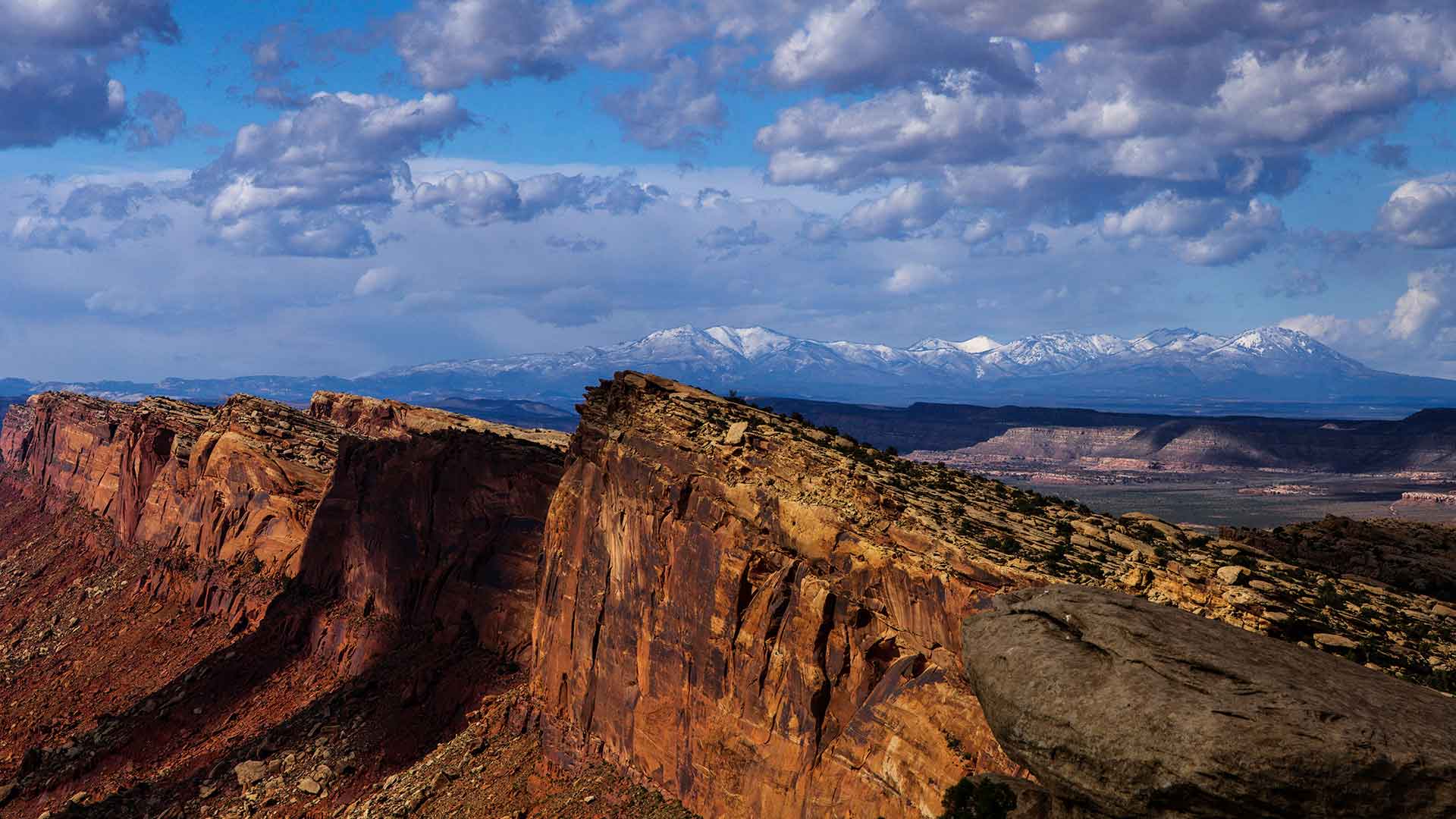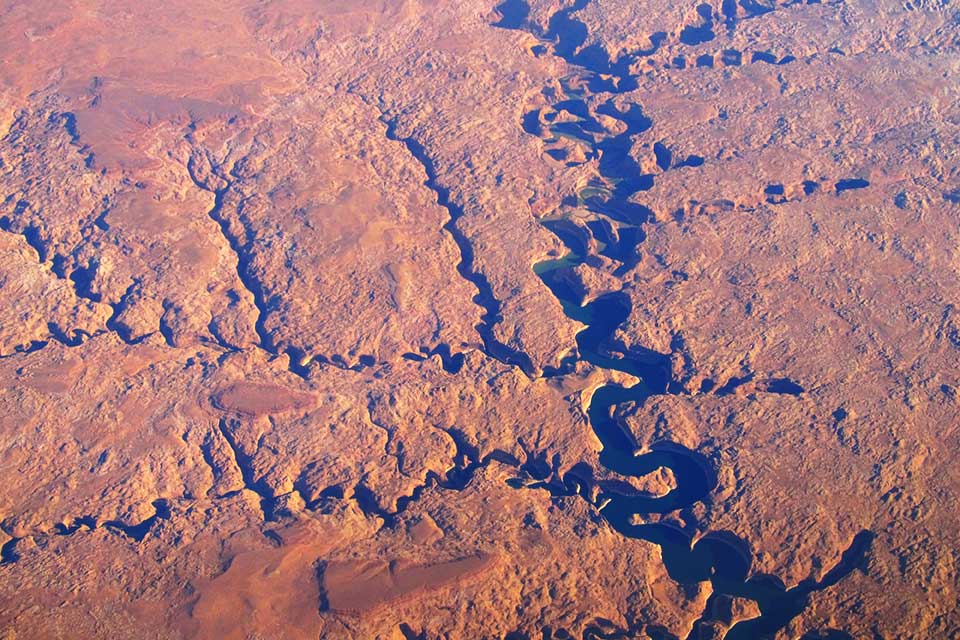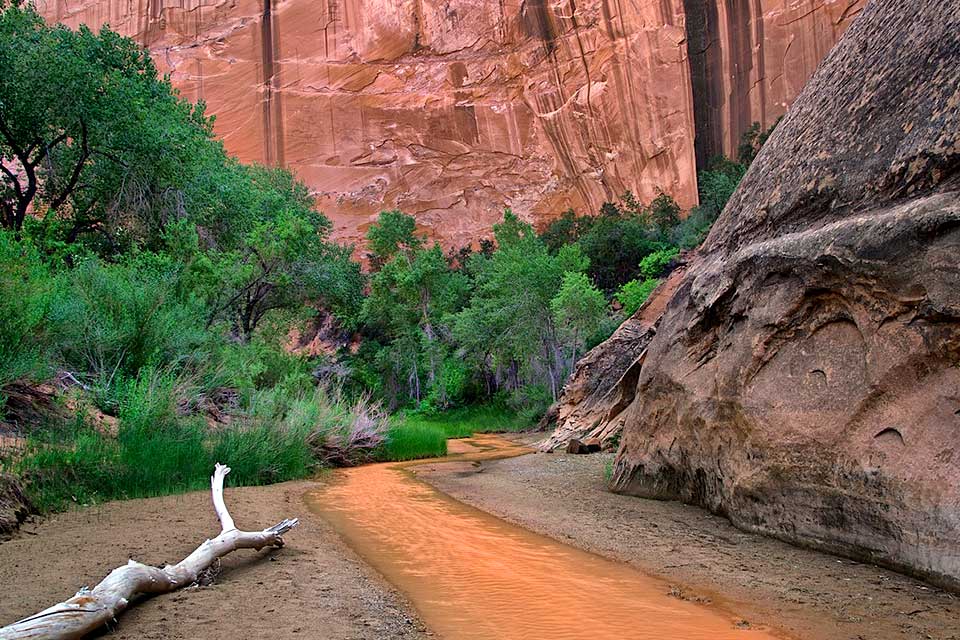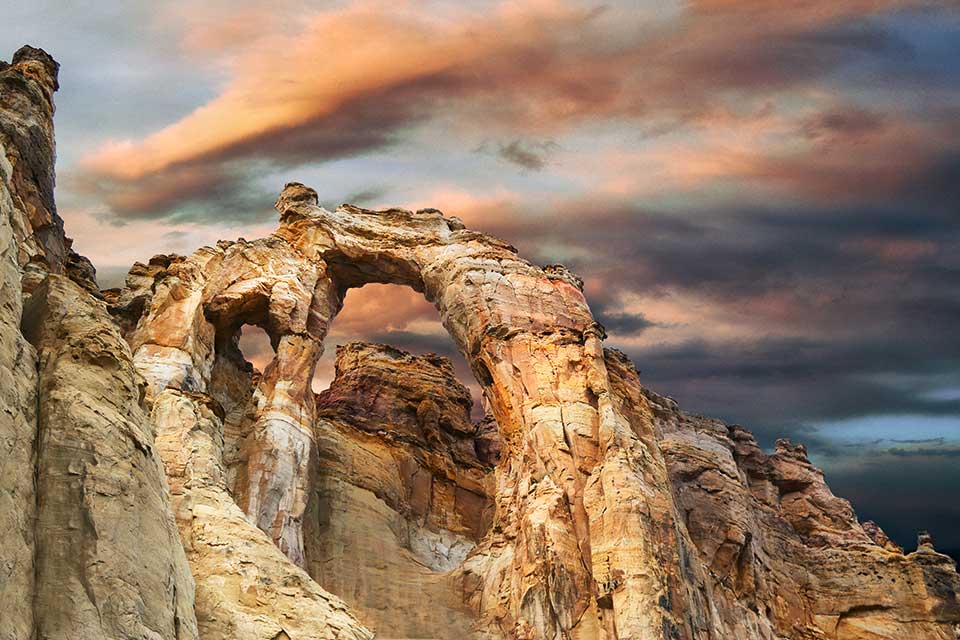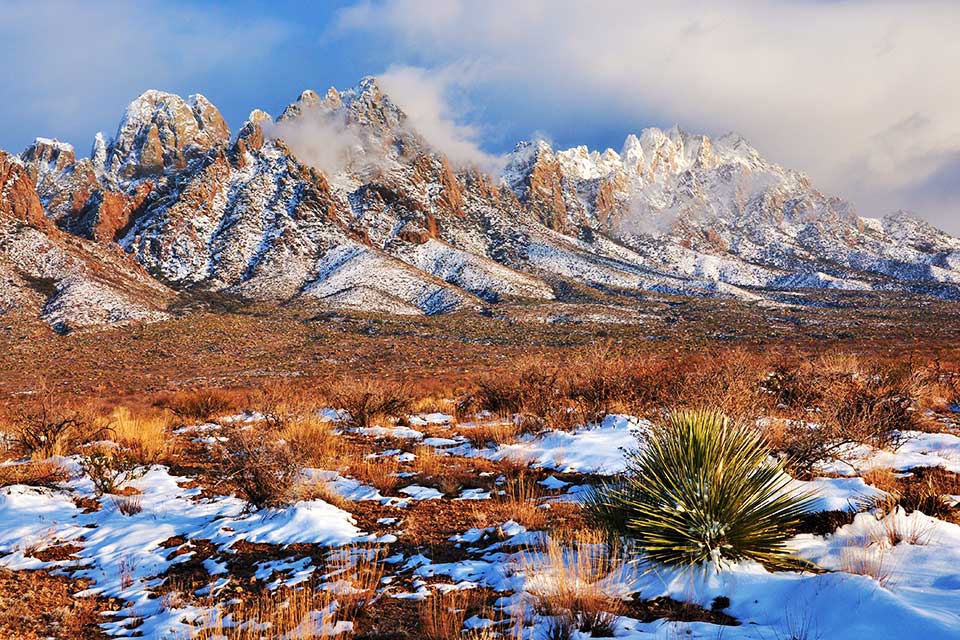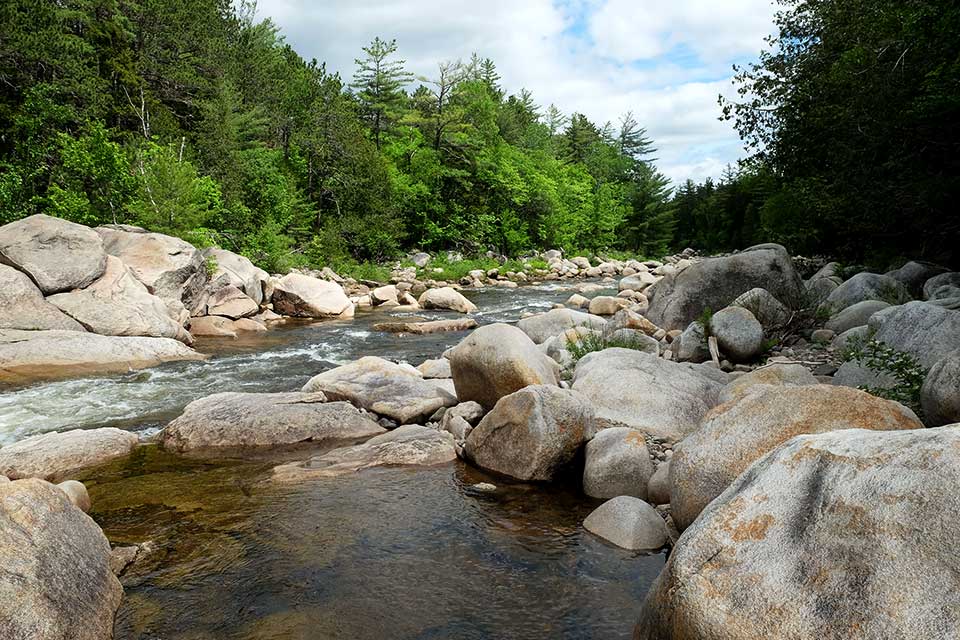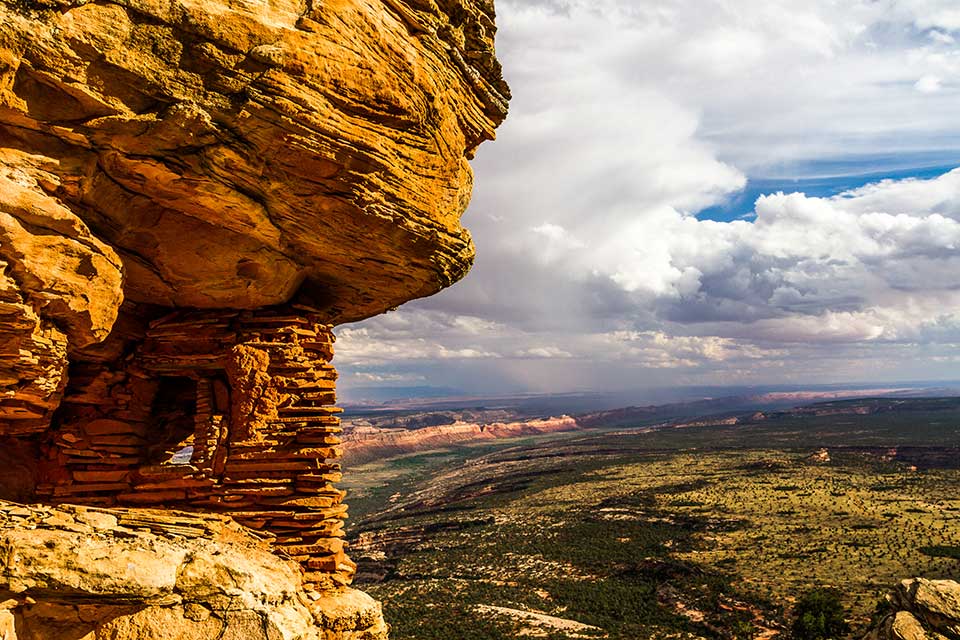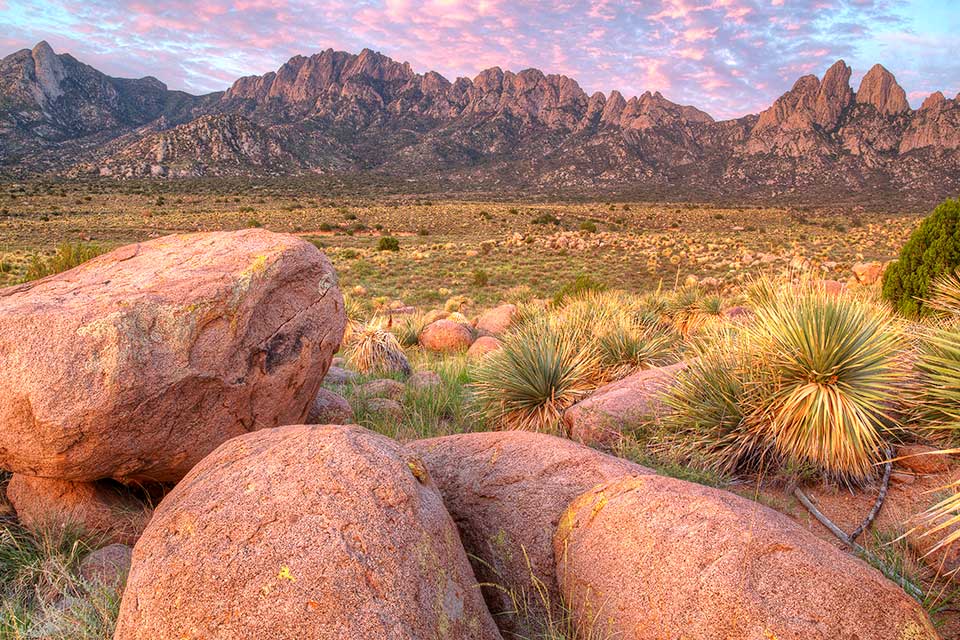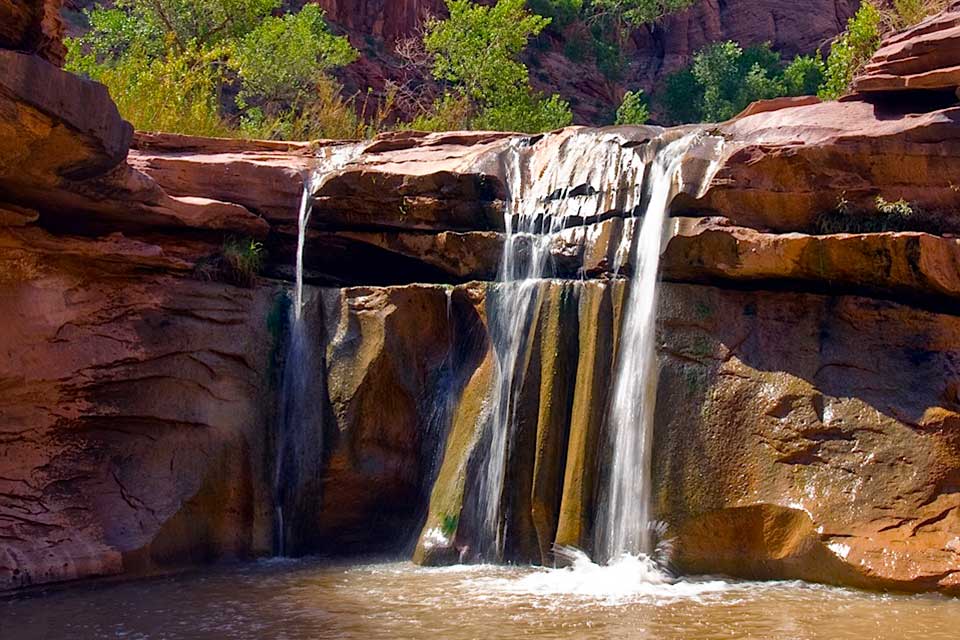Introduction
The Antiquities Act of 1906 allows certain federally owned lands to be designated and protected as national monuments. A recent executive order by President Donald Trump has directed Ryan Zinke, the Secretary of the Interior, to reassess the status of 27 national monuments, either so designated or expanded since January 1, 1996. The purpose of the president’s directive is to explore the redrawing of the monuments’ boundaries, opening the way to mining and drilling at various sites.
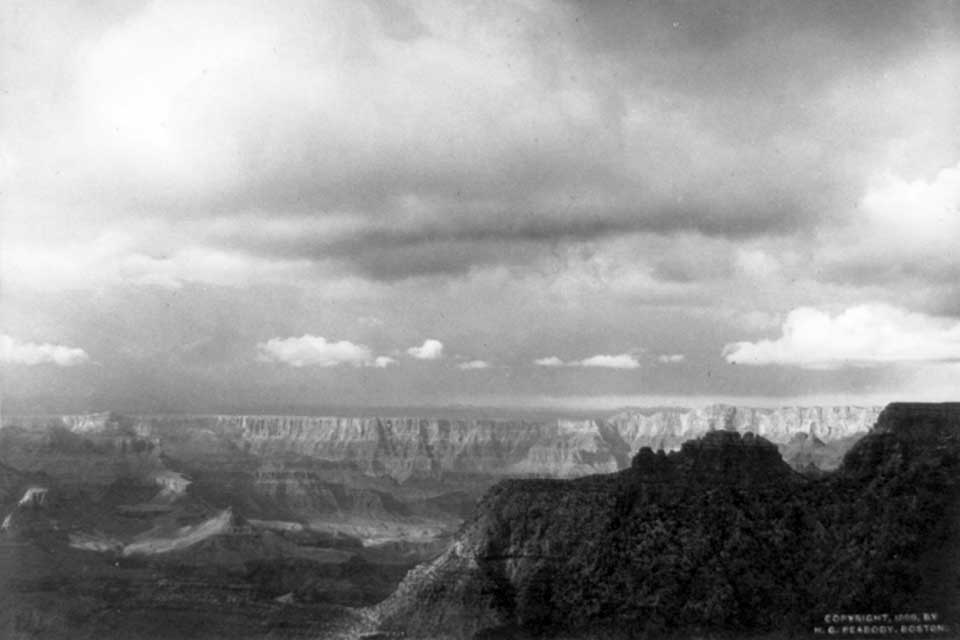 Grand Canyon, AZ, 1899
Grand Canyon, AZ, 1899
History
The Statue of Liberty National Monument and Grand Canyon National Park are just two of the nation’s icons protected thanks to the Antiquities Act of 1906. The law was originally created to address the looting of Native American sites, and it enables the president and Congress to designate portions of federally owned land as national monuments. Since President Theodore Roosevelt first signed the legislation into law on June 8, 1906, sixteen presidents have created more than 170 national monuments, including Joshua Tree, Grand Teton, Denali, and Bears Ears. National monuments can be found in 31 states, the District of Columbia, and several U.S. territories, and collectively they cover more than 78 million acres of land and water. Only land already under control by the federal government can be designated a national monument, not state or private land.
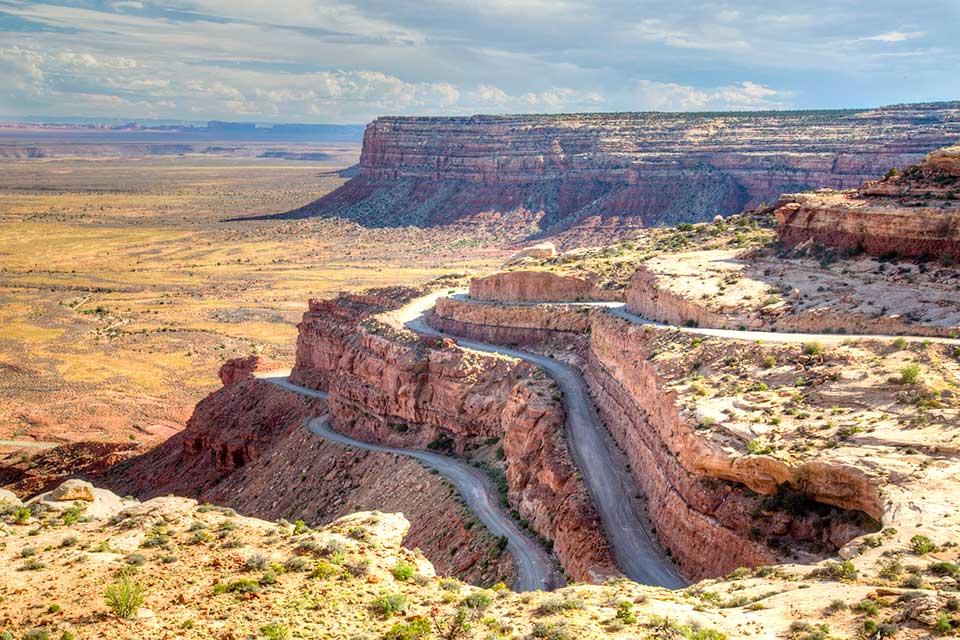 Bears Ears National Monument, UT, photo courtesy of U.S. Bureau of Land Management
Bears Ears National Monument, UT, photo courtesy of U.S. Bureau of Land Management
Landslide Themes
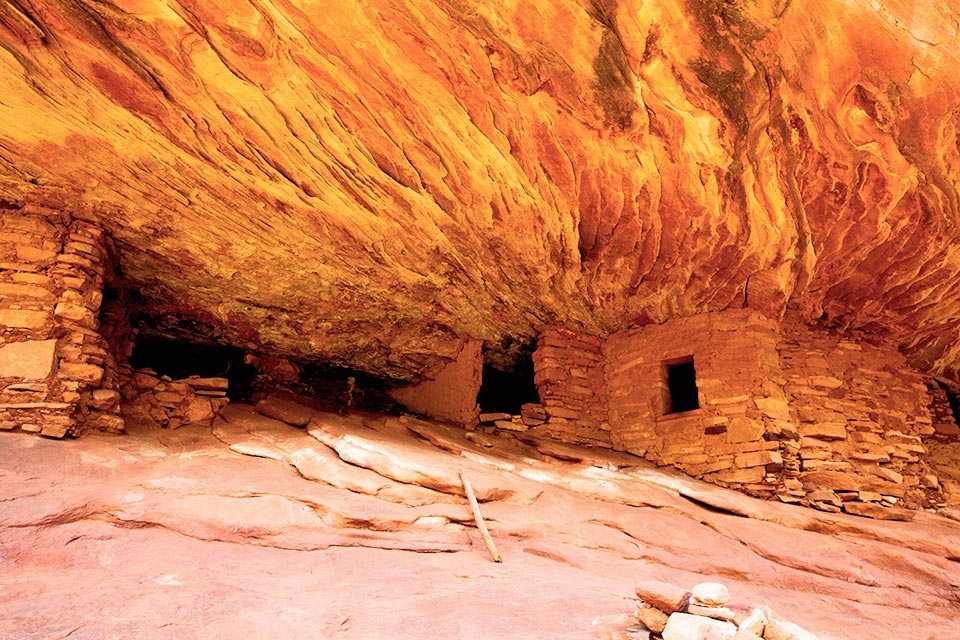
Threat
In an April 26, 2017, Executive Order, President Donald Trump required Interior Secretary Ryan Zinke, whose purview includes the Antiquities Act, to reassess the status of 27 national monuments, either designated or expanded since 1996, most of which exceed 100,000 acres. On May 5, 2017, the Department of the Interior released the list, which also included Katahdin Woods and Waters in Maine, an 87,563-acre national park that was “being reviewed to determine whether the designation or expansion was made without adequate public outreach and coordination with relevant stakeholders.” The president wants to explore options for rescinding the protected status of some monuments and/or to redraw their boundaries in order to open areas for energy extraction in fulfillment of a campaign promise to increase mining and oil-and-gas drilling.
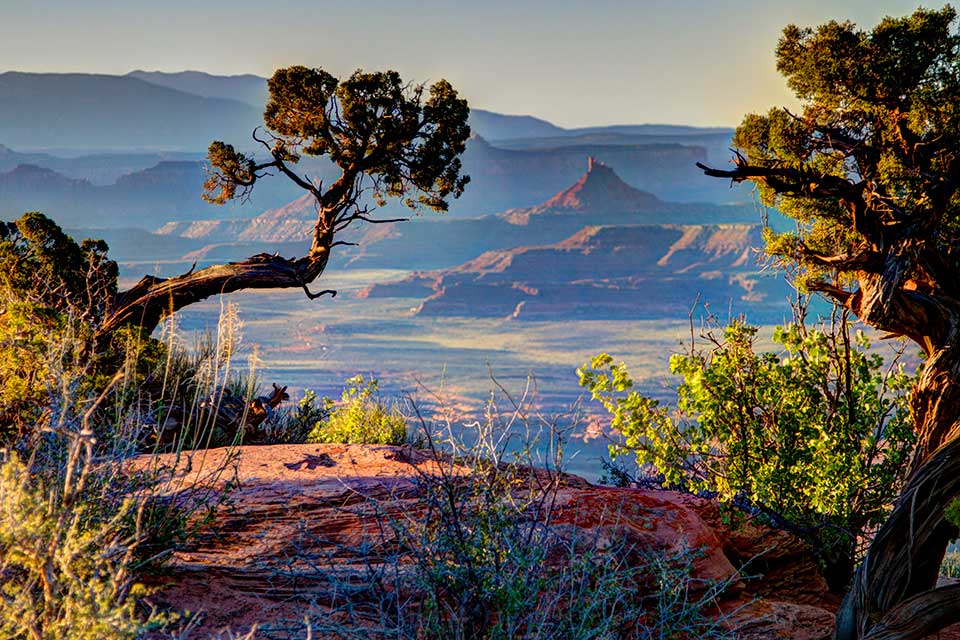 Bears Ears National Monument, UT, Photo © Josh Ewing, courtesy Friends of Cedar Mesa
Bears Ears National Monument, UT, Photo © Josh Ewing, courtesy Friends of Cedar Mesa
The monuments in question are rich in natural, cultural, and scenic value. They include rare and endangered species, prehistoric and archaeological sites, and lands considered sacred to Native Americans. Despite the fact that the Antiquities Act only applies to land owned by the federal government, the president characterized the affected monument designations as a “massive federal land grab.” In the course of announcing his April 26 executive erder, the president said, “The Antiquities Act does not give the federal government unlimited power to lock up millions of acres of land and water, and it’s time that we ended this abusive practice.”
On August 25, 2017, Interior Secretary Ryan Zinke submitted a report to the president recommending a change in the management at ten monuments, including the reduction in size of four land-based monuments and two marine monuments. According to the Washington Post, of the remaining seventeen monuments designated since 1996,six would not be affected, with the status of the remaining eleven yet to be determined.
There is strong bipartisan support for maintaining the monuments, and a 60-day public review process triggered by the administration’s move yielded more than 2.8 million responses, with the vast majority in favor of protecting the monuments as they stand. On October 6, 2017, U.S. Representative Bob Bishop (Utah-R) introduced a bill that would significantly change the Antiquities Act, requiring a special federal review of any proposed national monument of more than 640 acres and codifying a president’s ability to reduce the acreage of national monuments.
What You Can Do to Help
Support the work of the National Parks Conservation Association.
Contact Secretary of the Interior Ryan Zinke and urge him not to endorse loosening protections for national monuments.
Department of the Interior
1849 C Street, N.W.
Washington, D.C. 20240
Contact your members of Congress and urge them to oppose H.R. 3990, the National Monument Creation and Protection Act. You can reach your U.S. Representative and U.S. Senators by calling the Congressional Switchboard: (202)-225-3121.
E-mail Secretary of the Interior